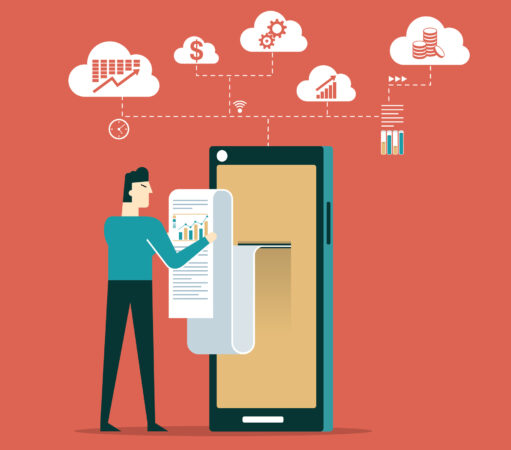When I purchased my first truck 25 years ago, I didn’t have a clue what I was doing. The lease I signed for one truck could’ve bought me a small fleet but also taught me some valuable lessons on acquiring capital equipment.
After that kick in the pants MSM bought every truck and ran them into the ground before consigning them to the auction house.
Recently a customer with a Covid-battered balance sheet asked for advice on leasing versus buying trucks. The truck OEMs will say you’re nuts not to own the asset while the leasing companies insist that their option is the only option.

There’s no one-size-fits-all solution, especially at a time when carriers aren’t as profitable, don’t have cash, and don’t want more debt. Banks, for their part, aren’t excited about financing a depreciating asset.
So I called up some industry pals who have forgotten more about trucks than I know and asked for their advice. Here’s what I learned:
Balancing act
In trucking there are capital and operating leases, and they’re different animals in terms of your balance sheet and taxes.
Many fleets choose a capital lease because they don’t have the cash for new equipment but want the option to buy at the end of the lease. A capital lease goes on your balance sheet as debt liability, which gives the appearance that you own the truck. You can depreciate the asset and only the interest is tax deductible. One drawback that the lease terms usually aren’t very flexible, and a capital lease is expensive to get out of if you lose a big customer.
With an operating lease you never own the truck and the vehicle is fully off your balance sheet, which makes your company look less indebted and more attractive to outside financial institutions. Your lease payment is tax deductible and there’s no depreciation of the asset. Most operating leases are full-service leases, meaning maintenance is part of the contract.
Complex trucks
Every new model year brings better emission systems, fuel savings, driver-assist technology, and more. A four-year-old truck seems outdated when you consider that a 2016 model gets 1 mile per gallon less than a 2020 model. That difference is hard to ignore.
More-complicated trucks require technicians who can interpret the data that trucks spit out. Full-service leasing removes the need for your own shop and technicians who can “talk” to your trucks.
Driver factors
Leasing gives you the flexibility to cycle your trucks faster, so drivers are always behind the wheel of late-model rigs loaded with the latest bells and whistles that make them feel safe and comfortable. That’s a huge advantage for recruiting and retention, and something you definitely need to account for when you compare the real cost of leasing versus buying.
Buying trucks
Right now the economic case can be hard to make, but owning assets is important to many truckers. You have the possibility of accelerated depreciation based on recent tax changes, there’s no restrictions on mileage, you’re payment-free once the vehicle is paid off, and you can leverage the truck’s value in a trade when you’re upgrading the fleet.
No matter what you do, keep two things in mind.
First, I know just enough about accounting and the ever-changing tax regulations to be dangerous. It’s way above my pay grade. Talk to your accountant, preferably one who knows trucking, and devise a financial and tax plan that’s best for your fleet.
Second, there’s no one answer for everyone. Your decision depends on the strength (or weakness) of your balance sheet, risk tolerance, and personal preference. The key is to understand your customers, sector needs, and growth plans so you do what’s right when it’s time to update the fleet.
